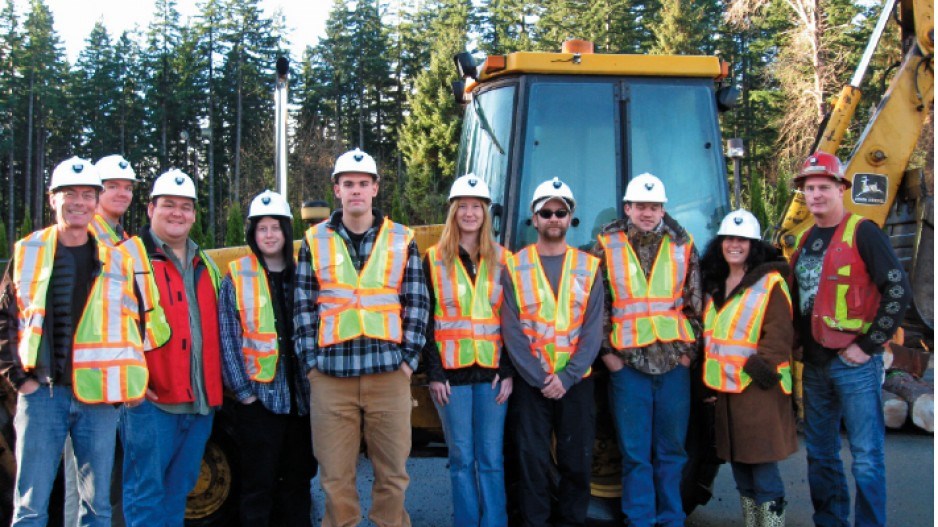With more than 10,000 mining jobs expected to open in British Columbia by 2020, the B.C. government is spending billions of dollars to train new workers.
But are the funds going to the right places?
Last month, the Ministry of Jobs, Tourism and Skills Training announced that a $1.9 billion provincial investment in post-secondary education in 2012-13 will “ensure students have access to programs at all levels, whether their career choices require trades certification or a professional degree.”
The ministry press release indicated another $2.2 million will flow through the government’s Employment Skills Access (ESA) initiative, which partners with schools to train eligible British Columbians for entry or re-entry into the workforce, tuition-free.
Northern Lights College has already benefitted from such funding. The school’s mining-related ESA heavy equipment operator program, offered at its Dawson Creek and Dease Lake campuses, is running at full capacity.
“When we applied [for ESA] we looked closely at the region we cover, which is the entire northern third of B.C., and focused on areas like mining that are experiencing labour demands,” said executive director of communications Brad Lyon.
“This type of provincial support is key,” he added. “It helps us provide people in our communities who are currently unemployed with short programs that give them the skills they need to step into a job right away.”
Due to its popularity, Northern Lights will offer the ESA program at a third location (in Atlin, a gold-mining hot spot) this spring. Locals have already shown interest in the course, and Lyon isn’t at all surprised.
“If you’re able to retain people who live in the north, who are comfortable here and used to … the climate, then they’ll stay,” he said. “It can be much harder to get people from, say, the Lower Mainland to want to move up north to mine so, in funding initiatives like ESA, the government understands that training people who live here for the work that’s here is key.”
A second school, North Island College, is seeing similar success. It offers an ESA underground mining course in Campbell River on Vancouver Island.
“We’re in our third cohort of this program, starting a fourth one this spring,” said Cheryl O’Connell, dean of the School of Continuing Education and Training.
“Our decision to apply for provincial funding came after conversations with industry stakeholders who spoke directly and candidly about a serious labour shortage in their sector in the near term.”
Local mining reps, she added, had advised her college to offer entry-level training through the ESA program because “mine sites have customized skills training in place for new hires, so our role as educators is to provide the essential, fundamental skills that anyone new to the mining sector ought to bring to the job.”
So far, student feedback has been positive.
“They’re excited,” said O’Connell. “They say, ‘I’ve been waiting for a program like this that can move my career forward.’”
Beyond ESA, government dollars (about $4 million) will help certain industry-based organizations, including two groups that focus specifically on First Nations, provide training that addresses sector-specific needs.
David Bazowski, chair of the BC HR Task Force: Exploration, Mining, Stone, Sand & Gravel, says this round of provincial funding comes at a crucial time.
“The government is being conservative in its estimate of 10,000 new mining jobs,” he said. “Based on a study we published in September, we forecasted anywhere from 14,000 to 20,000 positions opening in the next decade.”
Shortages, he added, are being felt in a range of mining jobs, from very senior leadership and high-level scientific occupations to “all of the trades, equipment operators at every level and even entry-level support workers.”
“Most jobs now require some level of post-secondary training, whether it’s a one-year course, a two-year diploma or a four-year degree, so there really needs to be an investment,” Bazowski said.
BC HR Task Force education subcommittee chair Gordon Armour agrees, adding that it’s important to look at and target future workers prior to high-school graduation.
“It’s beneficial to build awareness with youth at a younger and younger age about the types of jobs available in mining,” he said. “That way, as they go through their secondary schooling, they make the best decisions to put them in a better position to get the right training after high school.”



